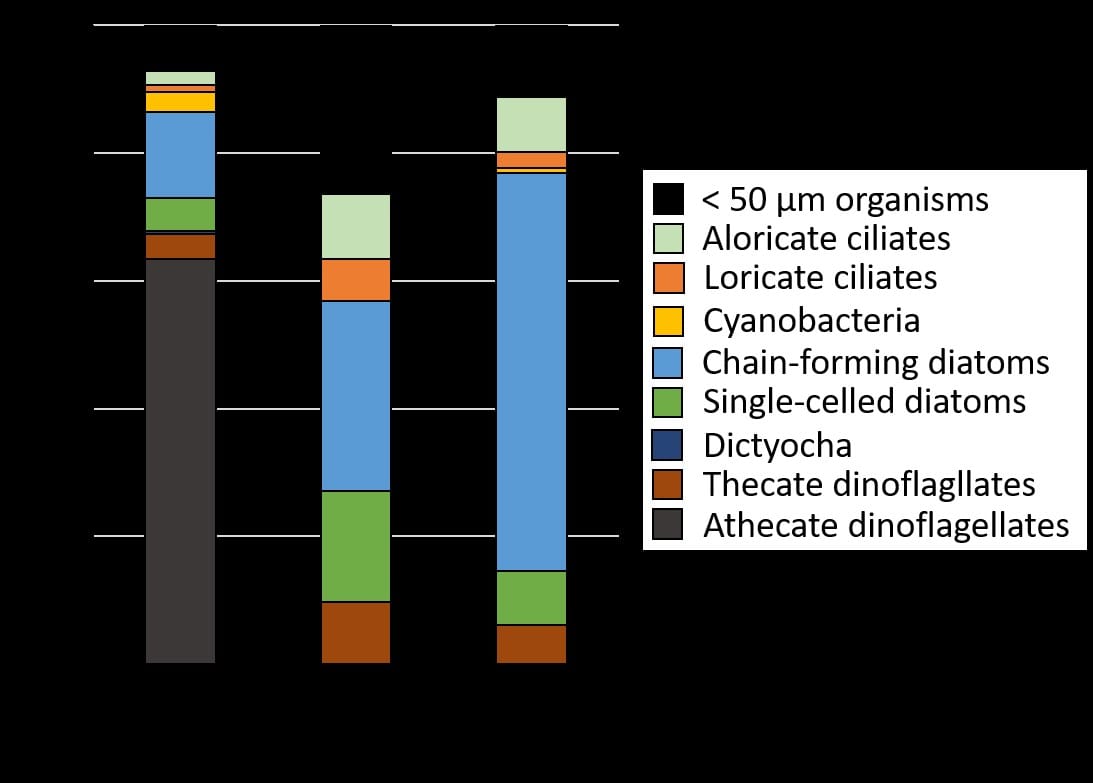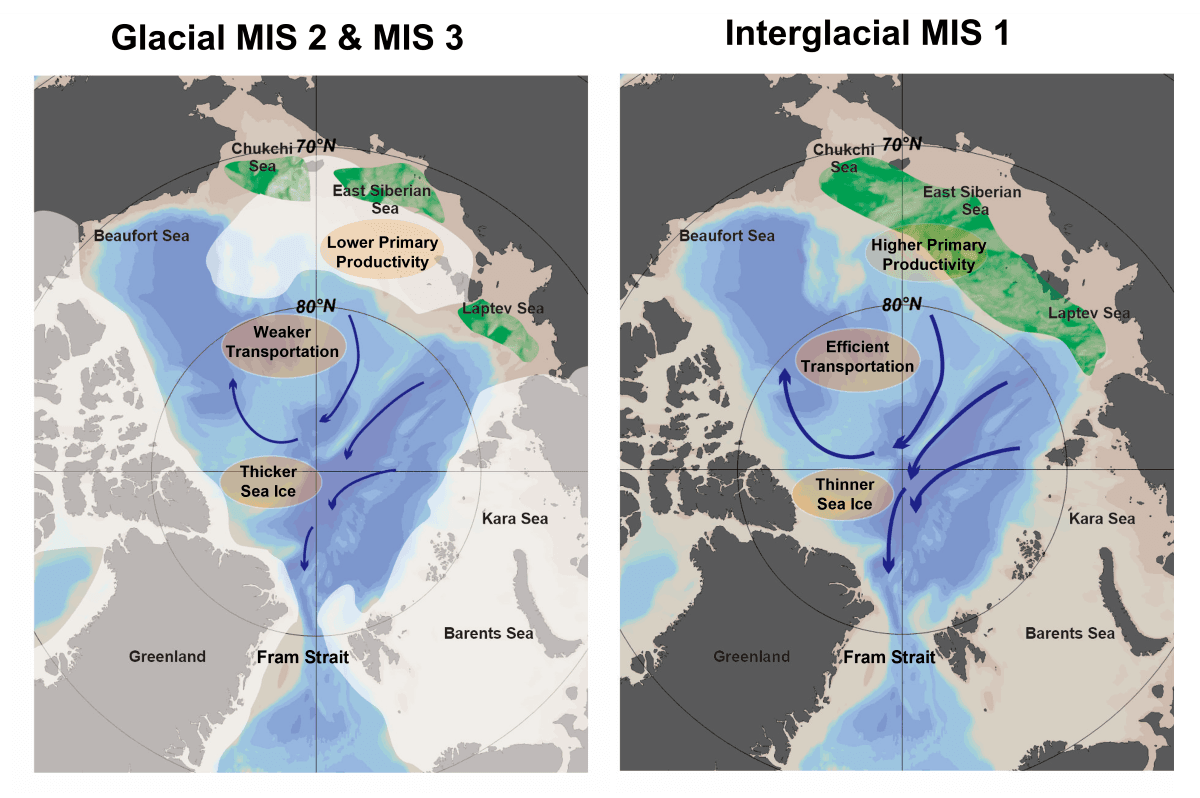[張以杰、孫志陸]
甲殼類為全球性廣泛分佈的動物群,在世界上各種棲地都可發現其蹤跡,且其亦是重要的水產漁業資源。在進行探討氣候變遷對海洋族群動態的影響時,甲殼類動物可做為理想研究對象。以台灣東部沿海的密毛龍蝦(Panulirus penicillatus)漁業為例,我們建構了一個以個體為基礎,且考慮溫度變化的族群動態模式,稱為『個體模式』。該研究結果發表在2011一月的” 加拿大漁業和水產研究雜誌”。我們利用上述模式來探討氣候變遷對於生物參考點的影響,結果顯示若海水溫度變暖伴隨較高的自然死亡率,則未來資源有較高的過渡開發風險。本研究建議在不利的環境條件下,提高最小合法捕抓體長為有效的漁業管理策略。
參考文獻:
Chang, Y.J., Sun, C.L., Chen, Y., Zhang, Y., and Yeh, S.Z. 2011. Incorporating climate changes into population dynamic modelling: an individual-based modelling approach for lobster. Canadian Journal of Fisheries and Aquatic Sciences 68: 122-136.
[Chang, Y.J., C.L. Sun]
Crustaceans are a globally-distributed faunal group, found across all habitats in the world and the important fisheries resource for human. They are an ideal focal assemblage for assessment of the impacts of climatic change on their population dynamics. Using the pronghorn spiny lobster (Panulirus penicillatus) fishery in the eastern coast off Taiwan as an example, we developed an individual-based model (IBM) that is capable of describing the temperature-dependent life history processes and fishery practices of the spiny lobster. The results are published in the January issue of Canadian Journal of Fisheries and Aquatic Sciences in 2011. The developed model was used to evaluate potential impacts of climate changes on the estimation of mortality-based biological reference points for fisheries management. We demonstrate that there is a high risk of overexploitation in the long term if higher temperatures also induce extra mortality. An increase in the minimum size regulation is proposed as a good candidate measure to reduce the risk of overexploitation for pessimistically unfavorable environmental conditions.
Reference:
Chang, Y.J., Sun, C.L., Chen, Y., Zhang, Y., and Yeh, S.Z. 2011. Incorporating climate changes into population dynamic modelling: an individual-based modelling approach for lobster. Canadian Journal of Fisheries and Aquatic Sciences 68: 122-136










